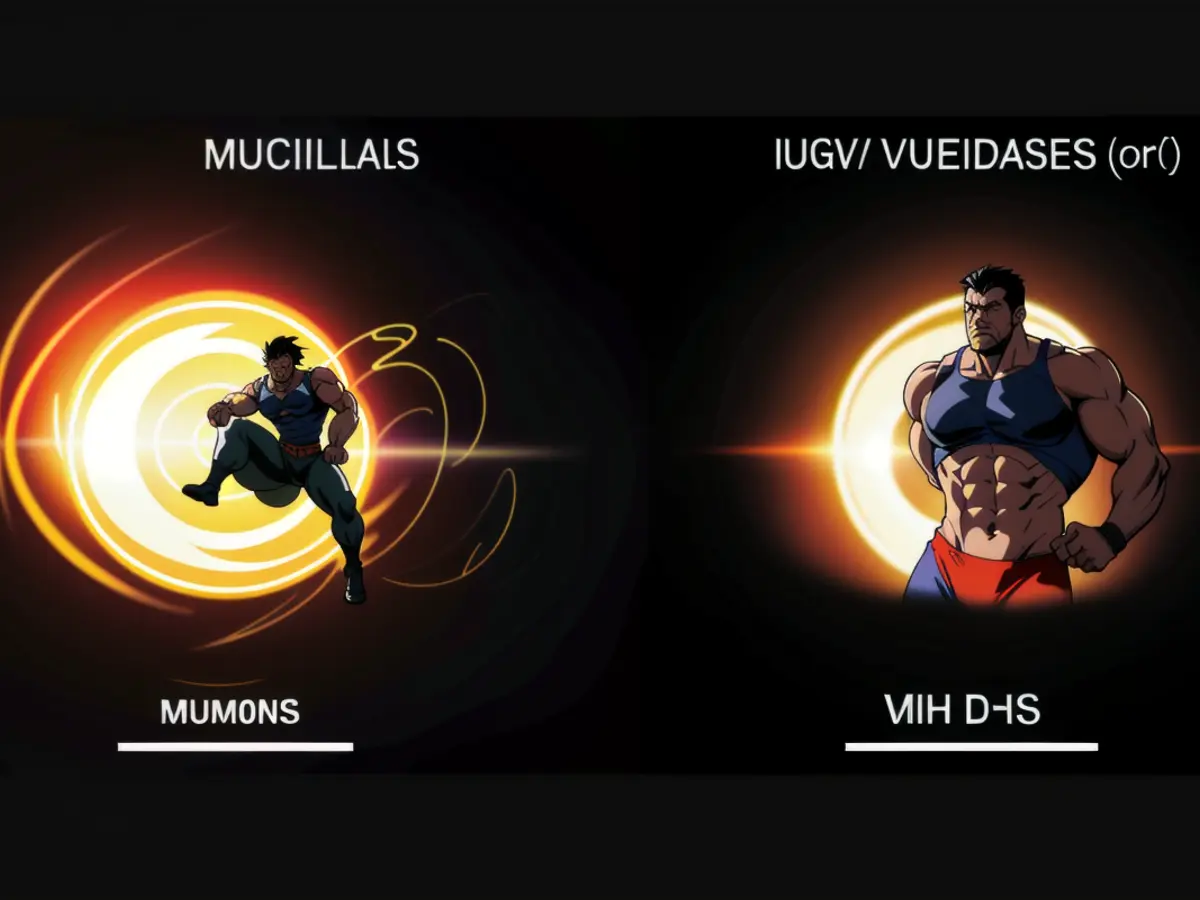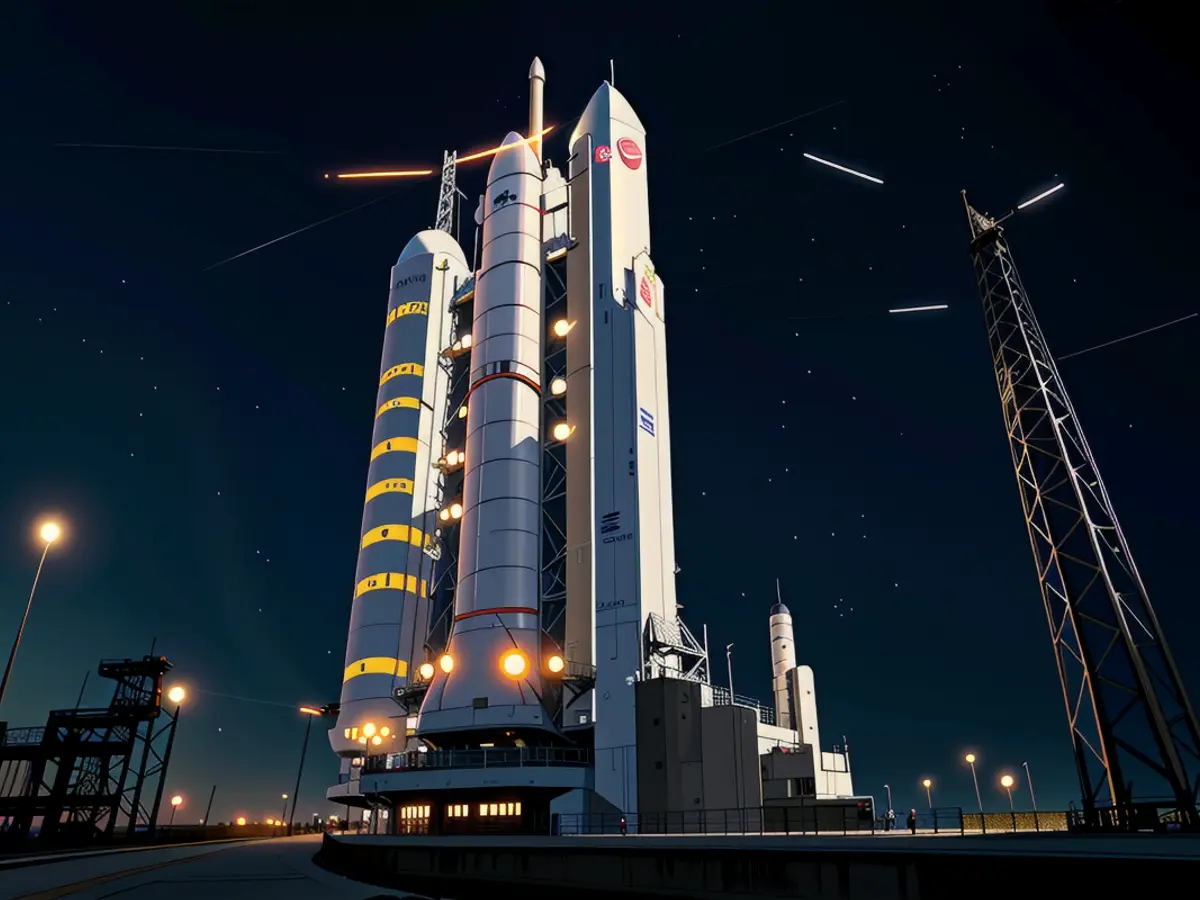A black hole's sharpest image to date will be soon unveiled.
New and Improved Black Hole Images, Thanks to the Event Horizon Telescope
Get ready for a mind-blowing journey as the Event Horizon Telescope (EHT) Collaboration takes astronomical observations to a stunning new level. Recently, they've delivered the sharpest images of black holes ever obtained, and they're just getting started!
Back in April 2019, history was made when EHT provided the very first image of a black hole. Last year, they stunned the world once again with an image of Sagittarius A*, the black hole at our galaxy's heart. But they didn't stop there.
This elite team of scientists doesn't rely on a traditional telescope, though. Instead, they use a network of radio telescope observatories spanning Earth's surface. These interconnected telescopes work together to create a single virtual telescope, boosting the resolution compared to any individual telescope. The magic happens when signals from multiple telescopes are combined, a technique called interferometry.
But the EHT doesn't just rely on its vast network. They also crank up the resolution by observing shorter wavelengths of light, like millimeter waves. As it turns out, shorter wavelengths yield more detailed images—a game-changer in the quest to capture the elusive black hole.
"Imagine a magnifying glass," says Alexander Raymond, researcher at NASA's Jet Propulsion Laboratory and co-author of a recent study. "With the EHT, we saw the first images of black holes using 1.3-mm wavelength observations, but the image still seemed blurry because we were at the limit of how sharp we could make the images. Now, at 0.87 mm, our images will be sharper and more detailed, revealing new properties, perhaps even those we didn't know existed."
In a bid to test the strength of shorter wavelengths, EHT focused on subarrays of telescopes—ALMA and the Atacama Pathfinder EXperiment (APEX) in Chile. Then, they trained their combined gaze on distant galaxies, achieving observations at 19 microarcseconds—the highest resolution images ever captured from Earth's surface!
Thanks to the transformation in resolution, the EHT could soon capture more distant, smaller, or fainter black holes than the supermassive ones they've already spotted. Imagine the mysteries that await us!
The upcoming observations are nothing short of exciting. The EHT is already poised to provide 50% sharper images than previously published ones, once it refocuses on the tantalizing shadows of black holes. Prepare for your mind to be blown once again!
Sources:
- Event Horizon Telescope
- Event Horizon Telescope Collaboration
- The Astronomical Journal, Alexander T. Raymond, Vasyl Yurchenko, et al.
- The Event Horizon Telescope (EHT) is revolutionizing the field of astronomy, providing unprecedented images of black holes in space.
- The EHT relies on a network of radio telescope observatories, interconnected to form a single virtual telescope with superior resolution compared to any individual telescope.
- The EHT is pushing the boundaries of what's possible with technology, as they focus on shorter wavelengths of light, such as millimeter waves, to produce sharper and more detailed images of black holes.
- In the future, the EHT may be capable of capturing more distant, smaller, or fainter black holes, unveiling hidden mysteries about the universe that we have yet to discover.








